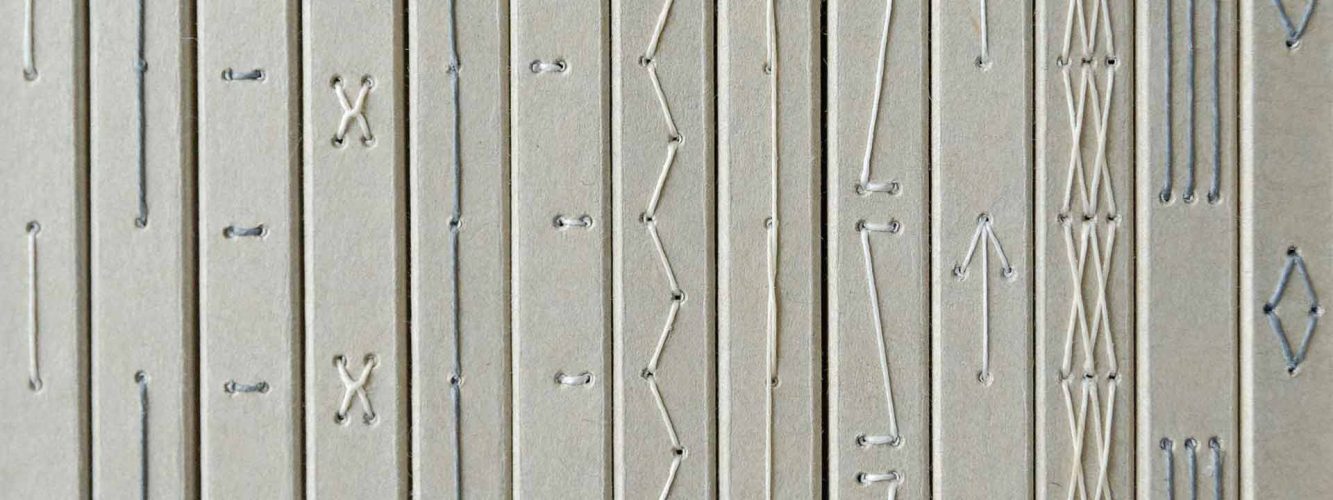
SAVOIR-FAIRE OF
BOOKBINDING
The know-how
Bookbinding consists in creating or repairing books. It has been existing since the first century AD, at the same time as book, or codex. But this know-how has continued to evolve and today goes far beyond creation and repair. Two of Fondation Remy Cointreau’s laureates prove that this craft requires a mastery of traditional techniques as well as great creativity.
Bookbinding
This craft achieved its apogee in France in the 18th and 19th Century, into workshops where traditional bookbinding techniques were applied.
However, the Industrialisation in the 19th century, and the digital technology today, have led to the mass production of books and the emergence of technological objects such as e-readers. Bookbinding is becoming rare and is only practised to a very limited extent. But these craftsmen are finding new inspiration and are developing this know-how with creativity.
The objective of this savoir-faire is about creating or repairing books to make them durable. The aim is to embellish a book and the cover with design research. To master this craft, it is important to know its history, as well as the materials and techniques used. In restoration, the bookbinder manipulates the object to detect the way it was made. Creating a bookbinding work is about drawing inspiration from the story told to create an adapted binding.
This skill requires versatility. The craftsman has to master traditional techniques but has to be able to break away from them to develop new ones. The use of a wide range of materials makes it possible to diversify and modernise the covering and structure of books. These include velvet and leather, and inlays of gold, silver, mother-of-pearl, and ivory on the covers.
Laurel Parker, bookbinder
Laurel Parker offers new way to highlight books by creating boxes for artists, agencies, luxury brands and institutions. Far from traditional practice, she uses old techniques to offer new forms of bindings and objects. For example, she has worked with the artist Françoise Petrovitch to create a box with the artist’s birds universe.
Julie Auzillon, contemporary bookbinder
Julie Auzillon develops creative and manufacturing concepts. She has worked on the ORIGATA binding and took over the technique of stem binding, which became her signature. Today, the craftswoman continues to experiment. She doesn’t hesitate to combine different crafts with her own. For instance, she creates new bindings with rotogravure, heat projection and micro-hole punching. Thanks to her multi-disciplinary approach, she actively contributes to evolution of her know-how.

